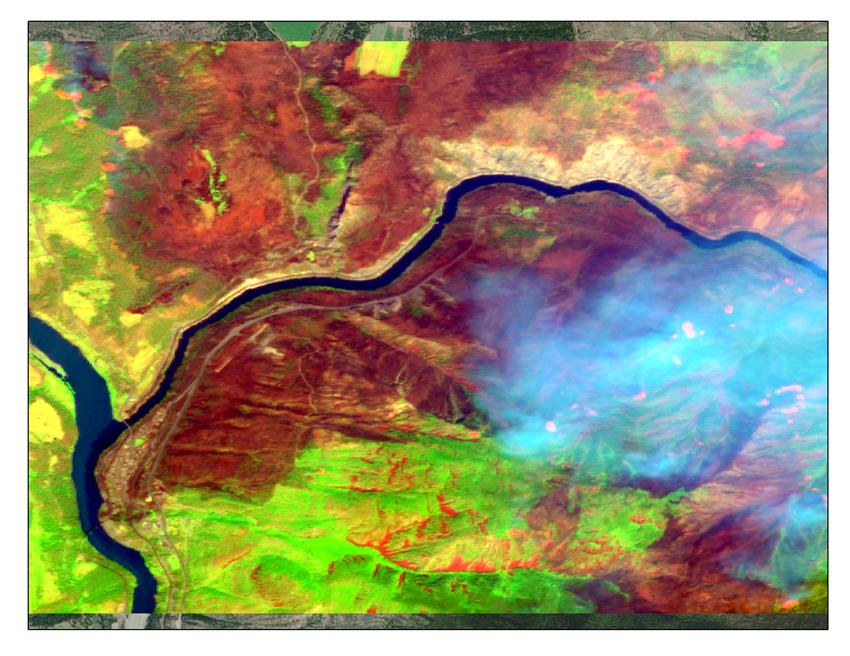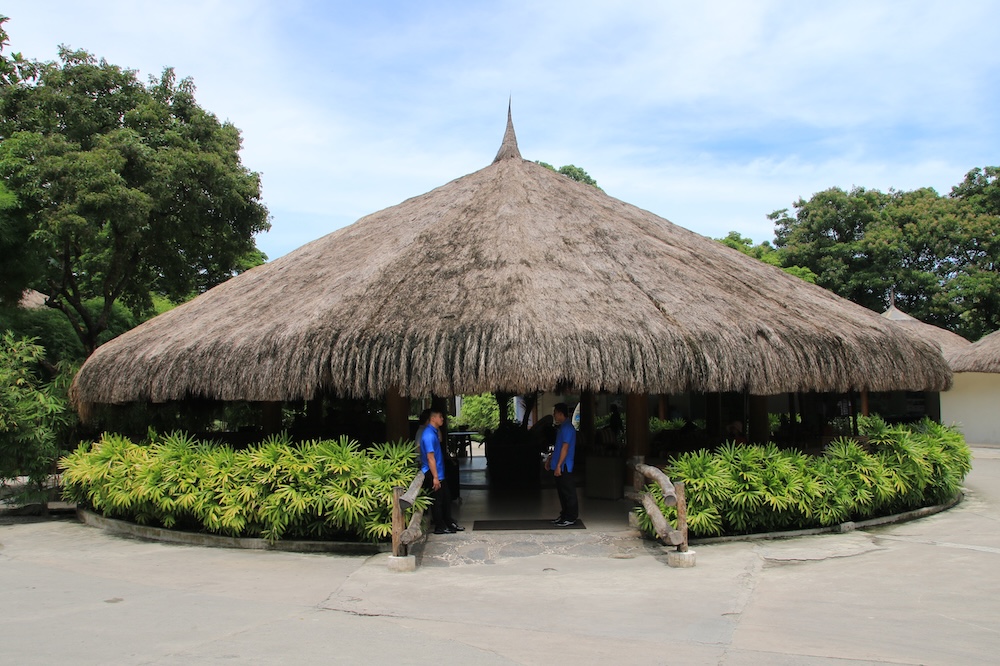How Smart Technologies Improve Historic Buildings Safety
Preserving historic buildings means protecting not just architecture, but the memory and identity of communities.
Today, the integration of smart technologies such as the Internet of Things (IoT), artificial intelligence (AI), and advanced sensors is redefining how we approach fire safety in heritage contexts, where traditional suppression often conflicts with conservation and disruption must be minimized.
Conventional fire detection and alarm systems can be intrusive or damaging to heritage fabric.
Modern smart technologies enable non-invasive, continuous monitoring, real-time data analysis, and faster, more targeted responses—minimizing loss while respecting the unique vulnerabilities of historic sites.
Key Technologies and Their Roles
IoT-based Sensor Networks.IoT-based Sensor Networks: A Foundation for the Internet of ThingsIoT sensor networks are systems of interconnected physical sensors and intelligent devices that collect, transmit, and exchange data over digital networks. These networks operate with minimal or no human intervention, forming the backbone of the broader Internet of Things (IoT). They enable automated, data-driven decision-making and real-time monitoring across a diverse range of applications, from smart homes to industrial automation. In historic buildings, the advantages of IoT are evident in many cases. Wireless, battery-powered sensors allow for continuous monitoring of smoke, temperature, humidity, and even air quality within intricate heritage structures. By establishing a network of connected devices, abnormal patterns such as minor smouldering events or hazardous temperature increases can be promptly detected before they escalate into catastrophic consequences. Networks can provide effective improvements of safety through:
- Artificial Intelligence (AI). Artificial Intelligence (AI) is revolutionising analytics by applying technologies like machine learning, natural language processing, and data mining to automate and enhance data analysis. Unlike traditional analytics, which rely on manual data processing and simpler statistical methods, AI-driven analytics can swiftly process complex and vast datasets. This allows it to identify patterns, uncover insights, generate predictive models, and make actionable recommendations. In historic buildings, like many other facilities, AI-driven analytics process large streams of sensor data to recognise fire risk indicators and false alarms. Machine learning distinguishes between normal environmental changes, such as those from visitors or exhibits, and true hazards, ensuring rapid and reliable alerts.
- Integrated Video Analytics: Smart cameras, enhanced by AI, can visually detect smoke, flame, or unauthorized activity even in low-light or difficult conditions—providing security and early warning without intrusive physical alterations.
- Predictive Maintenance. Predictive maintenance, a proactive strategy, uses real-time data, advanced analytics, and machine learning to continuously monitor equipment health and performance. It predicts when machines or components will fail, allowing timely maintenance to prevent breakdowns, optimise uptime, and extend asset lifespan. Unlike reactive maintenance (fixing problems after they occur) and preventive maintenance (fixed schedule regardless of condition), predictive maintenance systems analyse equipment condition using AI algorithms to detect early signs of wear or failure. This enables historic buildings managers to schedule maintenance only when necessary, reducing costs, downtime, and disruptions while improving safety and productivity. Sensors monitor electrical wiring and critical systems, alerting facility managers to deteriorating conditions that could cause fires before failure.
- Remote and Automated Response: Systems can notify emergency services, staff, and on-site responders instantly, enabling remote assessment and targeted interventions—reducing response times and unnecessary disruption to sensitive interiors or artefacts.
The integration of IoT-based sensors and the succinctly described solutions enables Heritage-specific advantages.
- Minimal Intrusion: Wireless sensors and discreet devices respect protected finishes, historic materials, and aesthetic integrity.
- Adaptability: Smart systems can be tailored for sites with complex layouts or restricted accessibility, such as attics, basements, or large venues.
- Data Logging: Continuous monitoring creates valuable records for compliance, risk assessment, and post-incident analysis to further refine protection strategies.
The Vatican Museums case study
The Vatican Museums and their associated heritage sites have integrated Internet of Things (IoT) technologies to enhance preservation, security, visitor experiences, and maintenance processes through diverse innovative applications. Notably, among the key IoT implementations within the Vatican Museums are:
- Environmental and Microclimate Monitoring. IoT sensors monitor indoor air quality, temperature, and humidity to prevent damage to priceless artworks and frescos, and also forecast microclimate conditions for proactive preservation measures.
- Digital Twins. The creation of digital replicas of the Basilica and other sites uses IoT data and reality-capture systems, enabling remote monitoring, structural analysis, and conservation planning.
- Security and Visitor Management. Sensor networks, video surveillance, and flow control systems improve visitor safety and security, including managing crowd density during peak times, and help in efficient security operations.
- Structural and Structural Health Monitoring. IoT devices such as tiltmeters and accelerometers continuously assess the structural integrity of structures like St. Peter’s Basilica, ensuring early detection of vulnerabilities to facilitate timely repairs
Generally, piloted IoT- and AI-integrated fire safety systems enable shorter detection times, fewer false alarms, and reduced risks to collections. Consequently, insurance companies and regulators increasingly recognise smart fire safety upgrades as the optimal practice for high-value heritage assets.
Challenges and Outlook
The main barriers to adoption include initial cost, technological obsolescence, and the need for specialized installation. Yet, as the cost of sensors drops and AI models improve, integration becomes increasingly feasible even for smaller sites. Collaboration between heritage professionals, tech companies, and first responders is critical to ensure that new systems meet heritage preservation standards while delivering robust protection.
Smart technology does not replace the need for good management, regular training, and proper emergency planning. However, IoT, AI, and next-generation fire safety sensors represent a substantial leap forward—empowering stewards of cultural heritage to prevent loss and ensure safe futures for our most treasured buildings. Embracing these innovations is not just prudent; it is an ethical imperative for those entrusted with guardianship of irreplaceable heritage.







